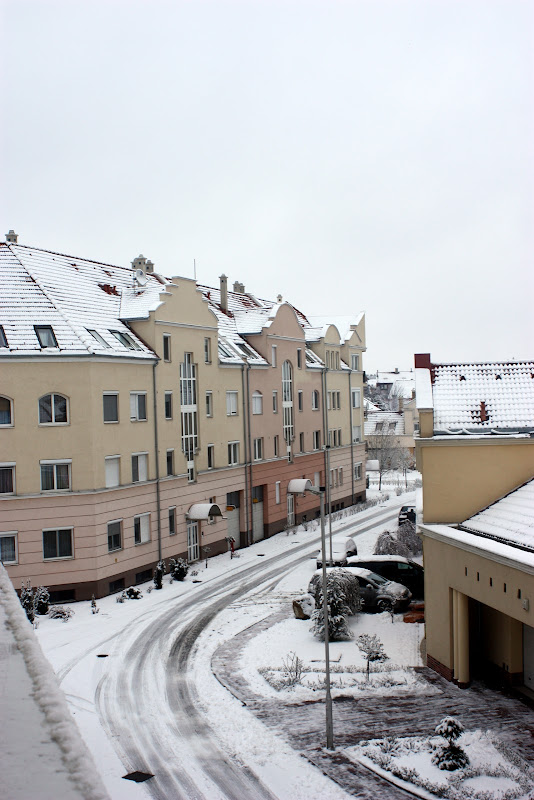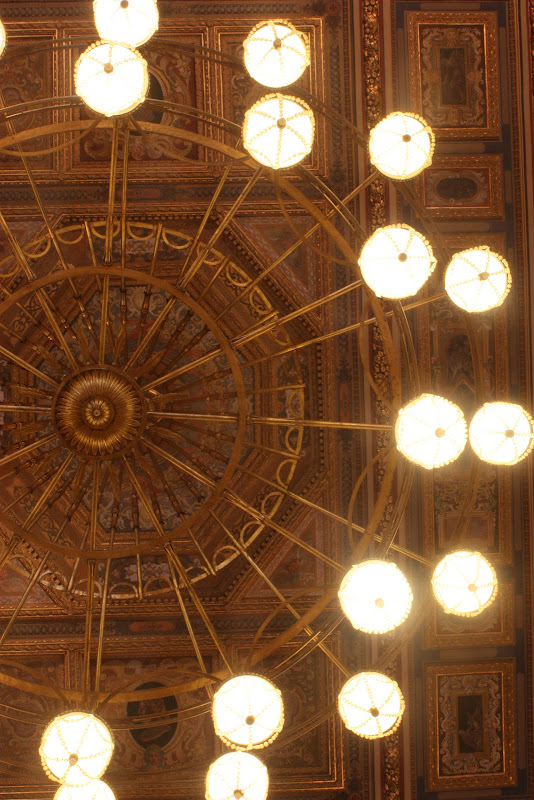Sunday, February 21, 2010
Village Life
Friday, February 19, 2010
Send us your poor, your elderly...as long as they are registered voters

The world economic crisis drastically reduced state revenues. So that the pensioner's monthly check does not come into danger, the New Socialist government has assured the check has a solid base. We introduced a new premium on January 1st, which has increased monthly checks an average of 4.1%, and we will continue to make cost of living corrections to the program, too. The political left will not allow the needy elderly's subsistence to come into danger, even in times of crisis.
Thursday, February 18, 2010
Wednesday, February 10, 2010
Tuesday, February 9, 2010
Monday, February 8, 2010
Nagypiac
Sunday, February 7, 2010
Saturday, February 6, 2010
Nádudvar Update #1
According to Huba, the Head of the Hungarian Fulbright Commission, the Nádudvar story isn't so cut and dry. Apparently, they haven't actually been making the black pottery for hundreds of years – instead, it is a more recent development, and thanks to Huba's very own aunt! The nádudvari potters supposedly once made painted Hungarian pottery just like everyone else, until the 1960s, when they went to Huba's aunt to ask what they could do to improve their business. She told them to alter their product from the Magyar mold. Instead of colorful paint, why not use the old-fashioned technique from Karcag, another small town about 15 kilometers away, to make black pottery. The tourists, who were just beginning to pour into the geothermic spas of nearby Hájduszóbószló from Budapest, would be more interested in a unique product. Ference Fazekas' grandparents obviously thought this was a good idea, and the rest is history. Nonetheless, the 1960s capitalistic specialization that brought Nádudvar its famous black pottery could not be a bigger contrast to the other development in the village during the 1960s. Nádudvar, with its prime location in the middle of the puszta (Hungary's extraordinarily fertile steppe), was developed into a highly successful farming cooperative. So successful, in fact, that communist party bosses tapped the leader of the farm cooperative to become a 'representative' in 'parliament.' Since 'the people' always love a man of the earth who knows how to work with his hands, he quickly became the type of folk hero depicted in Soviet realist murals: shirtless strapping man carrying a bushel of wheat on his back while three kerchiefed barefoot women nearby toil with their hoes.
Friday, February 5, 2010
Thursday, February 4, 2010
Wednesday, February 3, 2010
Nádudvar

Nádudvar is famous for its black pottery. Though the shape and patterns might otherwise resemble the prototypical Hungarian pottery, in lieu of a white background glaze and colorful painted flowers, the pottery is black. In fact, so black, it resembles lead. Folk-art flowers are drawn into the black glaze with the aid of several types of pumice stones that create a matte, shiny, or textured finish.
After walking two kilometers through the blizzard from the bus stop, I finally arrived at 152 Fő utca. Err, what was supposed to be 152 Fő utca (152 Main Street). In actuallity, it was 152 Vörös Hadsereg utca: 152 Red Army Street. Perhaps the street name has been changed on the map, but it looks like someone forgot to change the street signs and address tiles. Ajaj!
With two inches of fresh snow on the ground, 152 Red Army Street looked just like every other house on Red Army Street (surprised much?). But instead of curly-haired Mangalica pigs inhabiting the old adobe shed's thatched roof, the windows revealed tables and table of pottery. The shed was empty and locked, so I crunched through the snow over to the main house's steps to ring the bell. A middle-aged man answered the door, and I stammered out as fast as possible, “HelloSir,IamsorrytobotheryoubutIamlookingforsomeblackpotteryDoyouknowhereIcanfindsome?”. He took one look at me, the frizzy-haired American covered in a centimeter of snow (I had been walking for over thirty minutes!) wearing bright blue rubber boots and ringing his doorbell in the middle of a blizzard, and said “ I will be right out, just let me grab my coat.”
We walked over to his shed/studio, where he proceeded to give me a twenty minute tour of his operations. He showed me the pottery his direct ancestors had made in 1772 – they have passed down the craft since the beginning of the eighteenth century. He showed me his family tree, and gave me the lowdown on each of his family members and their skills. He showed me the whole in the ground where he stores the wet clay before use. He showed me his kiln, essentially a closed adobe beehive fireplace. Only then did he ask what type of products I was looking for. But instead of showing me something he already had in stock, he started writing notes. Then he asked me to write down the name of the person it was for, and what designs I was looking for. At first I didn't understand – was my Hungarian that bad? Could he not understand me, so was resorting to hieroglyphics? I had no idea that my trip to buy some pottery would require a second trip to Nádudvar: he wanted to make the pieces specifically for me, so they were exactly what I wanted. When I asked how much it would cost, I almost felt guilty accepting such personalized work for such a low price. But then he asked me to drink some of his házipálinka (homemade fruit brandy fire water) with him to celebrate the deal...so I quickly forgot any such guilt whatsoever. A burning throat and a buzzing head is rather distracting.
Tuesday, February 2, 2010
The Székely Gate to Heaven






















